CONFUCIAN PRINTING WOODBLOCKS RETURNED
입력 2022.12.22 (15:13)
수정 2022.12.22 (16:45)
읽어주기 기능은 크롬기반의
브라우저에서만 사용하실 수 있습니다.
[Anchor Lead]
'Chekpan' is what we call printing woodblocks where words were carved on wood. Four types of the Confucian Printing Woodblocks totaling 61, have been transferred from the U.S. to Korea. Of them, "Nongnyeojib" is inscribed as UNESCO Memory of the World, and the other three woodblocks types didn't previously exist in Korea.
[Pkg]
The Overseas Korean Cultural Heritage Research Institution delivers the receipt certificate for the Confucian Printing Woodblocks in Korea to the Korean Studies Institute. Four types of the Confucian Printing Woodblocks totaling 61, have been transferred from the U.S. Confucian scholar Yi Jae's "Juseogangnokganbo" published in 1785 by supplementing "Jujaseojeolyogangnok" written by philosopher Yi Hwang's pupils at Hogyeseowon Confucian Academy. The 1915 Yujeongiljib, a collection of poems and prose by army leader Choi Eung-sa, who fought during the Japanese invasion of Joseon. And "Sangeunjib" published in the late Joseon period in 1916 by scholar Park Sa-kyu. Only the printed versions of all three were transferred previously, and no woodblocks had existed in Korea.
[Soundbite] Lee Byung-gap(Descendant of Yi Jae) : "I believe these woodblocks will help advance Korean Confucian studies and orthodox Neo-Confucianism."
Of the 195 woodblocks, only 11 have survived. Two woodblocks of "Nongnyeojib" inscribed as UNESCO Memory of the World have also been received. They were all purchased in Korea by an American who used to work at NATO. The Overseas Korean Cultural Heritage Research Institution acquired information about them and had them transferred back to Korea.
[Soundbite] Kwak Chang-yong(Overseas Korean Cultural Heritage Foundation) : "There are more than 220,000 pieces of Korean cultural heritage overseas. About ten thousand of them have been transferred to Korea."
The Korean Studies Institute will store the acquired woodblocks at the woodblock archive called Jangpangak and push for their inscription as Memory of the World.
[Soundbite] Chong Jong-sup(President, Korean Studies Institute) : "We will cooperate with a foundation that acquires Korean cultural heritage from overseas to study woodblocks and continue these activities."
The Confucian Printing Woodblocks, which have returned to their home country after many decades, serve as reminders of the preciousness of Korean documentary heritage.
'Chekpan' is what we call printing woodblocks where words were carved on wood. Four types of the Confucian Printing Woodblocks totaling 61, have been transferred from the U.S. to Korea. Of them, "Nongnyeojib" is inscribed as UNESCO Memory of the World, and the other three woodblocks types didn't previously exist in Korea.
[Pkg]
The Overseas Korean Cultural Heritage Research Institution delivers the receipt certificate for the Confucian Printing Woodblocks in Korea to the Korean Studies Institute. Four types of the Confucian Printing Woodblocks totaling 61, have been transferred from the U.S. Confucian scholar Yi Jae's "Juseogangnokganbo" published in 1785 by supplementing "Jujaseojeolyogangnok" written by philosopher Yi Hwang's pupils at Hogyeseowon Confucian Academy. The 1915 Yujeongiljib, a collection of poems and prose by army leader Choi Eung-sa, who fought during the Japanese invasion of Joseon. And "Sangeunjib" published in the late Joseon period in 1916 by scholar Park Sa-kyu. Only the printed versions of all three were transferred previously, and no woodblocks had existed in Korea.
[Soundbite] Lee Byung-gap(Descendant of Yi Jae) : "I believe these woodblocks will help advance Korean Confucian studies and orthodox Neo-Confucianism."
Of the 195 woodblocks, only 11 have survived. Two woodblocks of "Nongnyeojib" inscribed as UNESCO Memory of the World have also been received. They were all purchased in Korea by an American who used to work at NATO. The Overseas Korean Cultural Heritage Research Institution acquired information about them and had them transferred back to Korea.
[Soundbite] Kwak Chang-yong(Overseas Korean Cultural Heritage Foundation) : "There are more than 220,000 pieces of Korean cultural heritage overseas. About ten thousand of them have been transferred to Korea."
The Korean Studies Institute will store the acquired woodblocks at the woodblock archive called Jangpangak and push for their inscription as Memory of the World.
[Soundbite] Chong Jong-sup(President, Korean Studies Institute) : "We will cooperate with a foundation that acquires Korean cultural heritage from overseas to study woodblocks and continue these activities."
The Confucian Printing Woodblocks, which have returned to their home country after many decades, serve as reminders of the preciousness of Korean documentary heritage.
■ 제보하기
▷ 카카오톡 : 'KBS제보' 검색, 채널 추가
▷ 전화 : 02-781-1234, 4444
▷ 이메일 : kbs1234@kbs.co.kr
▷ 유튜브, 네이버, 카카오에서도 KBS뉴스를 구독해주세요!
- CONFUCIAN PRINTING WOODBLOCKS RETURNED
-
- 입력 2022-12-22 15:13:08
- 수정2022-12-22 16:45:06
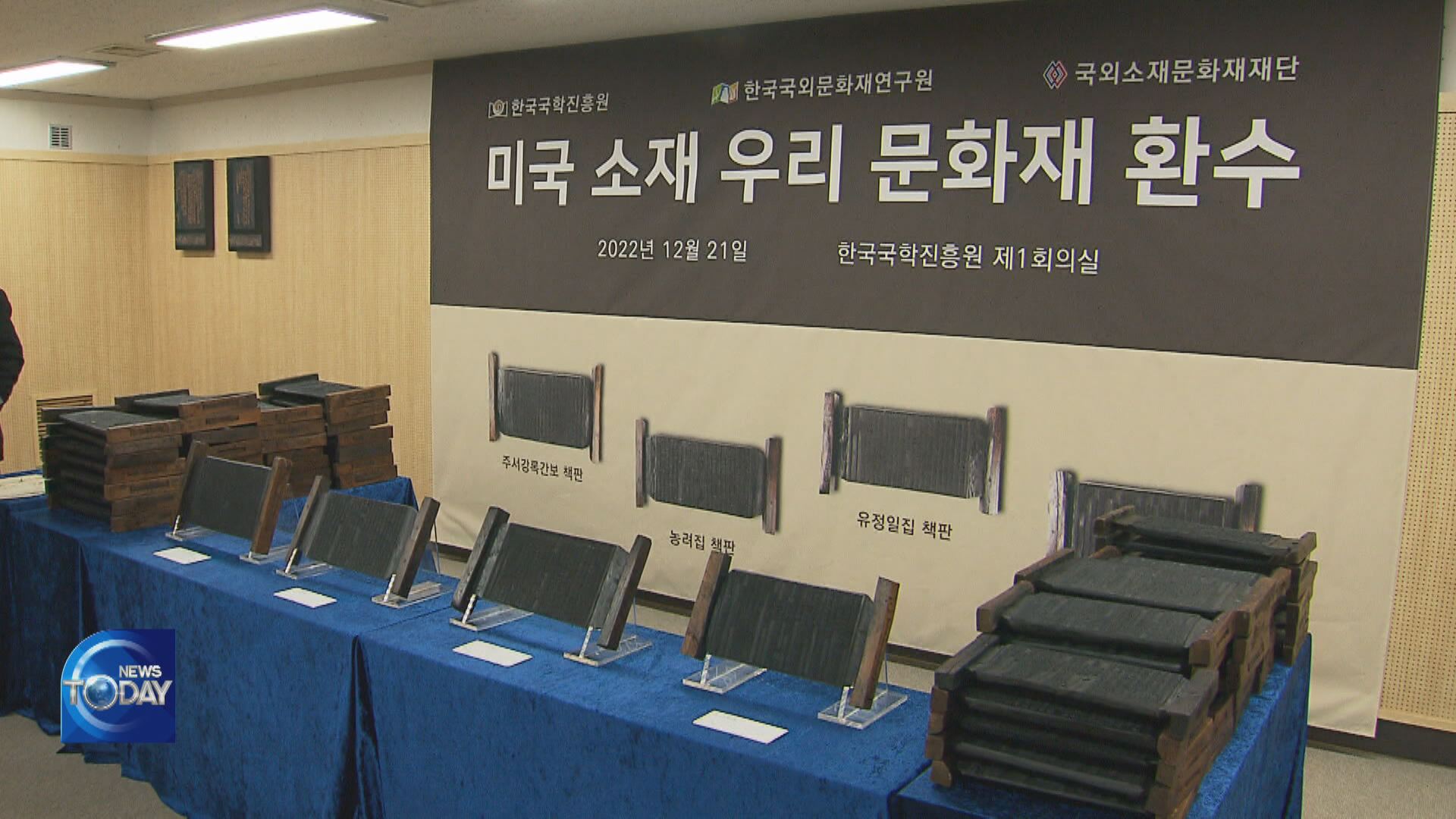
[Anchor Lead]
'Chekpan' is what we call printing woodblocks where words were carved on wood. Four types of the Confucian Printing Woodblocks totaling 61, have been transferred from the U.S. to Korea. Of them, "Nongnyeojib" is inscribed as UNESCO Memory of the World, and the other three woodblocks types didn't previously exist in Korea.
[Pkg]
The Overseas Korean Cultural Heritage Research Institution delivers the receipt certificate for the Confucian Printing Woodblocks in Korea to the Korean Studies Institute. Four types of the Confucian Printing Woodblocks totaling 61, have been transferred from the U.S. Confucian scholar Yi Jae's "Juseogangnokganbo" published in 1785 by supplementing "Jujaseojeolyogangnok" written by philosopher Yi Hwang's pupils at Hogyeseowon Confucian Academy. The 1915 Yujeongiljib, a collection of poems and prose by army leader Choi Eung-sa, who fought during the Japanese invasion of Joseon. And "Sangeunjib" published in the late Joseon period in 1916 by scholar Park Sa-kyu. Only the printed versions of all three were transferred previously, and no woodblocks had existed in Korea.
[Soundbite] Lee Byung-gap(Descendant of Yi Jae) : "I believe these woodblocks will help advance Korean Confucian studies and orthodox Neo-Confucianism."
Of the 195 woodblocks, only 11 have survived. Two woodblocks of "Nongnyeojib" inscribed as UNESCO Memory of the World have also been received. They were all purchased in Korea by an American who used to work at NATO. The Overseas Korean Cultural Heritage Research Institution acquired information about them and had them transferred back to Korea.
[Soundbite] Kwak Chang-yong(Overseas Korean Cultural Heritage Foundation) : "There are more than 220,000 pieces of Korean cultural heritage overseas. About ten thousand of them have been transferred to Korea."
The Korean Studies Institute will store the acquired woodblocks at the woodblock archive called Jangpangak and push for their inscription as Memory of the World.
[Soundbite] Chong Jong-sup(President, Korean Studies Institute) : "We will cooperate with a foundation that acquires Korean cultural heritage from overseas to study woodblocks and continue these activities."
The Confucian Printing Woodblocks, which have returned to their home country after many decades, serve as reminders of the preciousness of Korean documentary heritage.
'Chekpan' is what we call printing woodblocks where words were carved on wood. Four types of the Confucian Printing Woodblocks totaling 61, have been transferred from the U.S. to Korea. Of them, "Nongnyeojib" is inscribed as UNESCO Memory of the World, and the other three woodblocks types didn't previously exist in Korea.
[Pkg]
The Overseas Korean Cultural Heritage Research Institution delivers the receipt certificate for the Confucian Printing Woodblocks in Korea to the Korean Studies Institute. Four types of the Confucian Printing Woodblocks totaling 61, have been transferred from the U.S. Confucian scholar Yi Jae's "Juseogangnokganbo" published in 1785 by supplementing "Jujaseojeolyogangnok" written by philosopher Yi Hwang's pupils at Hogyeseowon Confucian Academy. The 1915 Yujeongiljib, a collection of poems and prose by army leader Choi Eung-sa, who fought during the Japanese invasion of Joseon. And "Sangeunjib" published in the late Joseon period in 1916 by scholar Park Sa-kyu. Only the printed versions of all three were transferred previously, and no woodblocks had existed in Korea.
[Soundbite] Lee Byung-gap(Descendant of Yi Jae) : "I believe these woodblocks will help advance Korean Confucian studies and orthodox Neo-Confucianism."
Of the 195 woodblocks, only 11 have survived. Two woodblocks of "Nongnyeojib" inscribed as UNESCO Memory of the World have also been received. They were all purchased in Korea by an American who used to work at NATO. The Overseas Korean Cultural Heritage Research Institution acquired information about them and had them transferred back to Korea.
[Soundbite] Kwak Chang-yong(Overseas Korean Cultural Heritage Foundation) : "There are more than 220,000 pieces of Korean cultural heritage overseas. About ten thousand of them have been transferred to Korea."
The Korean Studies Institute will store the acquired woodblocks at the woodblock archive called Jangpangak and push for their inscription as Memory of the World.
[Soundbite] Chong Jong-sup(President, Korean Studies Institute) : "We will cooperate with a foundation that acquires Korean cultural heritage from overseas to study woodblocks and continue these activities."
The Confucian Printing Woodblocks, which have returned to their home country after many decades, serve as reminders of the preciousness of Korean documentary heritage.
이 기사가 좋으셨다면
-
좋아요
0
-
응원해요
0
-
후속 원해요
0











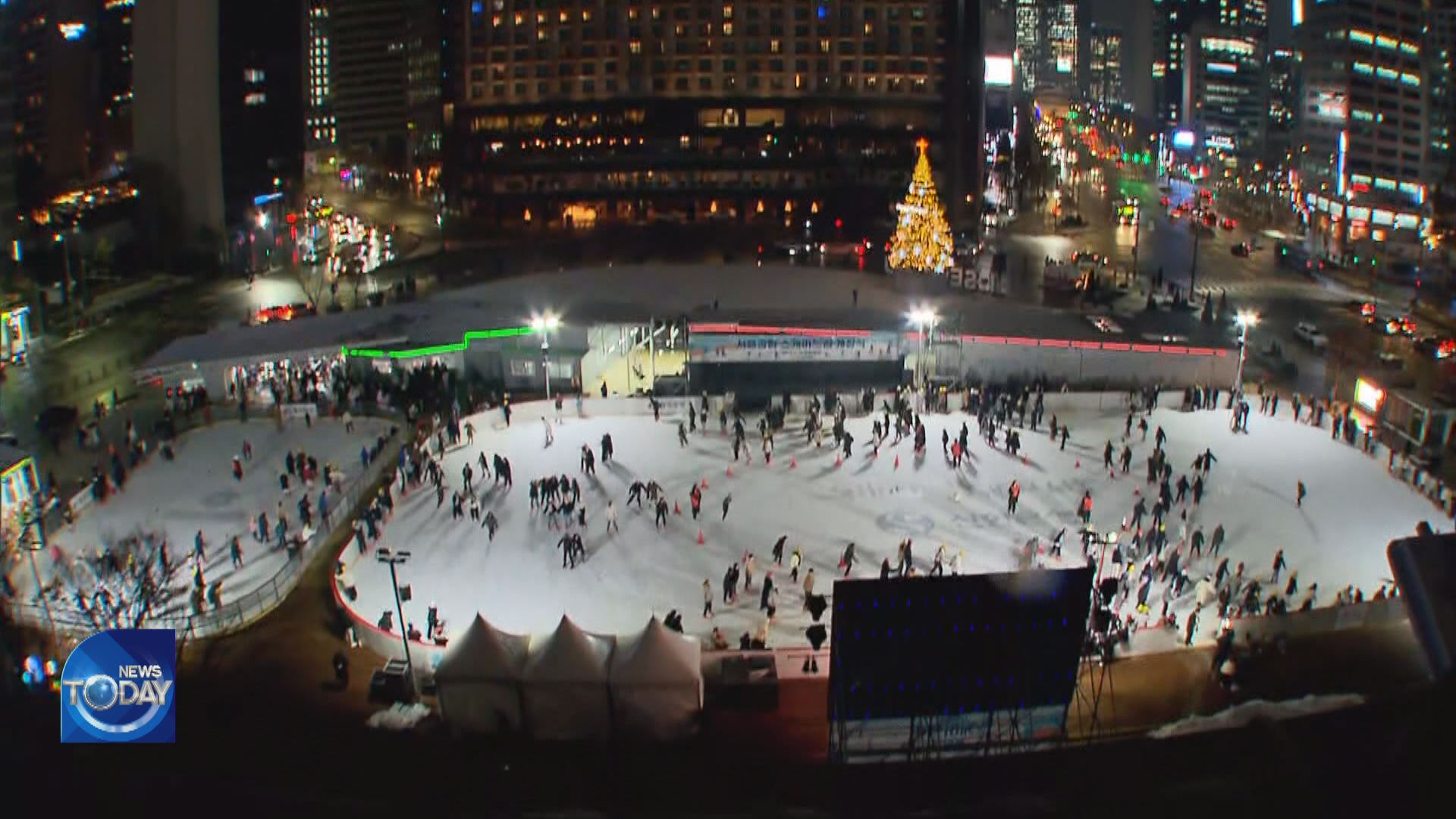

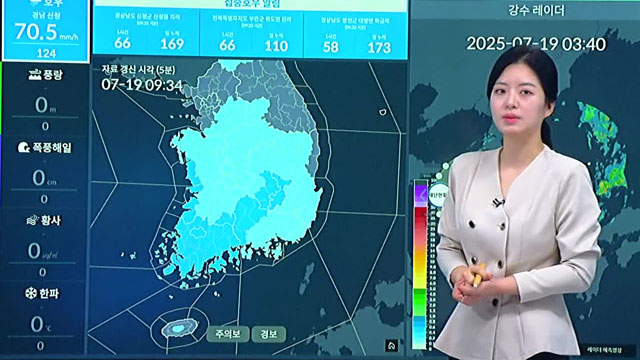
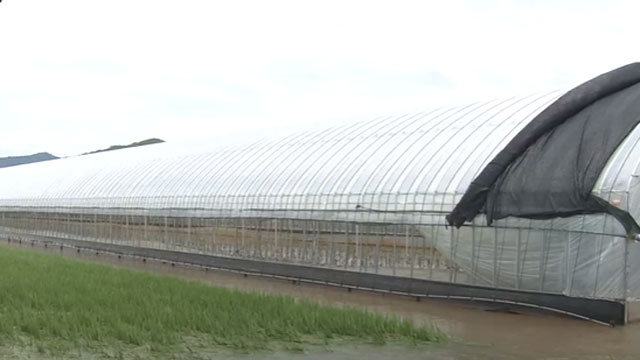
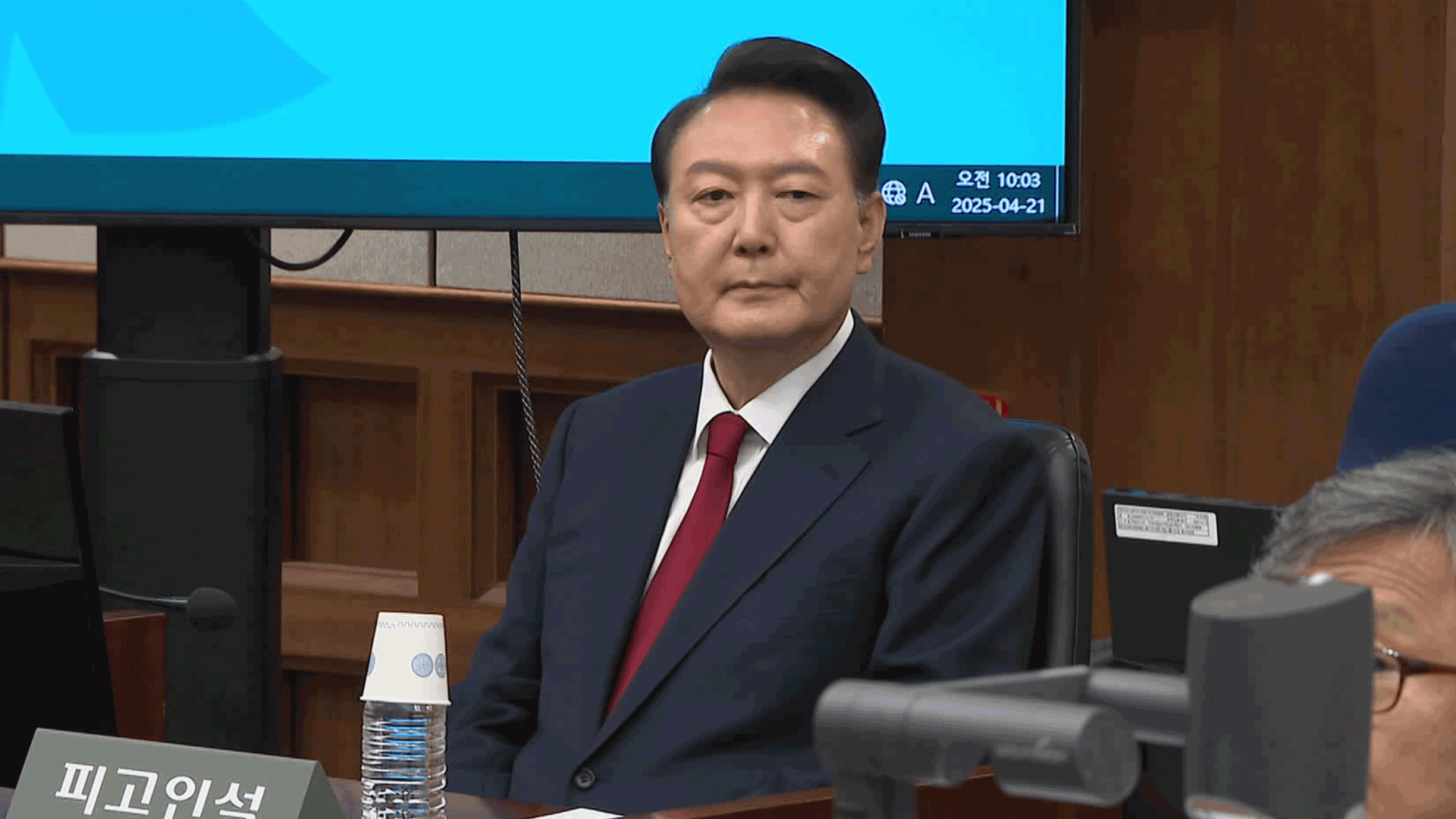

이 기사에 대한 의견을 남겨주세요.